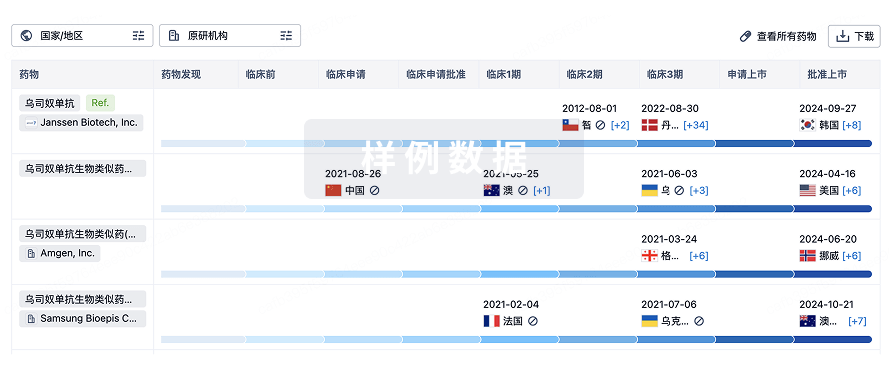Addressing bone injury repair remains a significant challenge in clinical settings, as effective regeneration of healthy bone tissue requires simultaneous promotion of both osteogenesis and angiogenesis. Costal cartilage, being the most abundant cartilage tissue in the human body, shares structural similarities and prolonged cartilaginous properties with long bone growth plates. Its potential as a seed cell source for bone repair, however, remains unexplored. Vascular endothelial growth factor (VEGF), a key factor in bone regeneration, suffers from a short half-life and limited retention at the bone defect area, restricting its therapeutic use. In this study, a collagen hydrogel embedded with costal-cartilage-derived stem cells (CDSCs) and prominin-1-derived peptide (PR1P) was engineered to enhance endogenous VEGF recruitment. CDSCs demonstrate a strong proliferation capacity within bone defect environments, showing significant potential for bone repair. The sustained release of PR1P facilitates in situ VEGF recruitment to enhance angiogenesis and create an optimal osteogenic microenvironment for CDSCs but also demonstrates a modulatory inhibitory effect on osteoclast differentiation. In vivo application of this CDSC-laden PR1P hydrogel significantly accelerated femoral defect healing through synergistic enhancement of osteogenesis, angiogenesis, and suppression of osteoclast activity. Collectively, the study presents a promising approach to bone defect repair, underscoring the potential of CDSCs-based tissue engineering for clinical translation. STATEMENT OF SIGNIFICANCE: Costal cartilage is the richest cartilage tissue in the human body. Our previous research isolated costal-cartilage-derived stem cells (CDSCs) and confirmed their potential for multilineage differentiation and in situ regeneration. This study further demonstrated CDSCs' significant potential for bone repair. A collagen hydrogel embedded with CDSCs and prominin-1-derived peptide (PR1P) was engineered. CDSCs demonstrate self-renewal capacity within bone defect environments. The sustained release of PR1P facilitates in situ VEGF recruitment, enhancing angiogenesis and creating an optimal osteogenic microenvironment. Additionally, the composite hydrogel has an inhibitory effect on osteoclastogenesis. Transplantation of this composite hydrogel enhanced femoral defect healing in mice by promoting both bone formation and vascular regeneration and suppressing osteoclastogenesis, presenting a promising strategy for bone defect repair.







